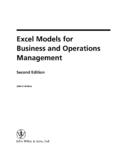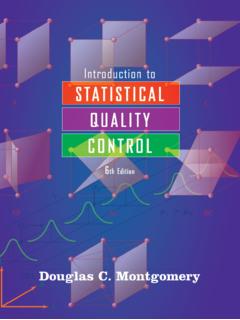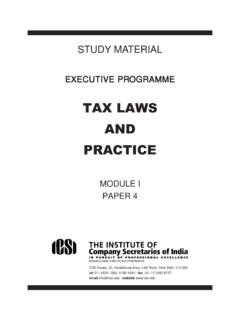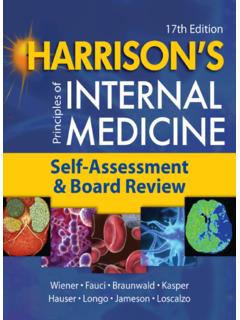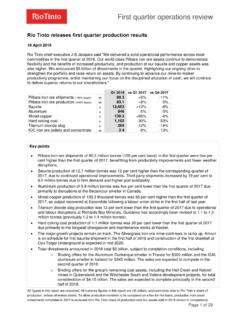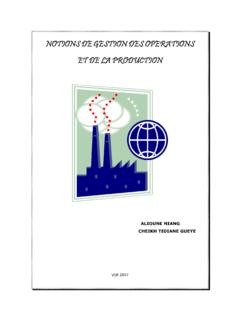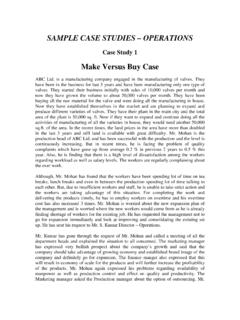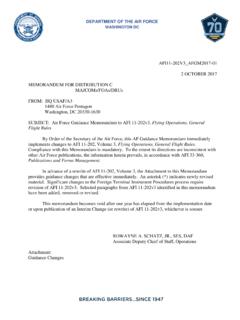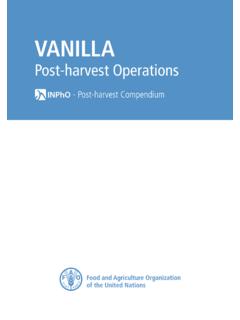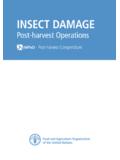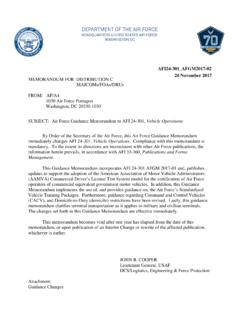Transcription of Todaylibrary - dl4a.org
1 production AND operations MANAGEMENT-3 Directorate of distance eduction 1. PAPER : production AND operations MANAGEMENT Unit 1 Introduction to production and Operation functions Understanding the relationship between production and other functions Effect of time element on OM Examples of manufacturing systems Designing the product Need Factors to be considered Considerations during PLC Standardisation Modular design Reliability Reverse enginnering Unit 2 Capacity Planning Importance Capacity measurement Planning process for manufacturing and service industry Facility Planning Location facilities Locational flexibility Facility design process and techniques Locational break even analysis. Unit 3 Process Planning Procedure Characteristic of production process systems Process from selection with PLC phases.
2 Work Study Significance Methods, evolution of normal / standard time Job design and rating. Unit 4 Layout Importance and function Objectives Flow patterns Factors for good layout design procedure REL Chart Assembly line balancing PPC Function Planning phase, action phase, control phase Aggregate production planning line of balance Forecasting methods. Unit 5 Material requirement planning and control Inventory control systems and techniques Network techniques Unit 6 Maintenance functions Preventive vs Breakdown Query models. Quality Control Introduction to control charts and acceptance sampling procedures Quality control Total Quality Management 1 1A. production AND OPERATION INTRODUCTION Management is an exciting subject because it deals with setting, seeking, and reaching objectives.
3 We are all managers of our own lives, and the practice of management is found in every facet of human activity: schools, businesses, churches, government, unions, armed forces, and families. Establishing and achieving objectives are challenging and rewarding missions for nay enterprise, and we will discover that the managerial hurdles to be overcome for success are surprisingly similar for all organizations. A manager s role is to set goals and amass and mobilize the re sources of men and women, materials, machines, methods, money, and markets to accomplish the desired results within predetermined constraints of time, effort and cost. MANAGEMENT: DEFINED There are numbers definitions of management. Probably the most popular are often quoted is getting things done through other people.
4 This and most other definitions have merit and highlight important aspects of management. For the purpose of this book, the following definitions will be used. Management is a distinct process consisting of activities of planning, organizing, actuating, and controlling, performed to determine and accomplish stated objectives with the use of human beings and other resources. KEY CHARACTERISTICS TO UNDERSTANDING MANAGEMENT The following list will be beneficial to the beginning student of management. Although portions of the following were implied in the above discussion, this orderly list may prove helpful in systematizing your thoughts for this chapter. a. Management is purposeful. Management deals with the achievement of something specific, expressed as an objectives or goal.
5 Managerial success is commonly measured by the extent to which objectives are achieved. Management exists because it is an effective means of getting needed work accomplished. The fact that some executives have subordinates reporting to them does not ipso facto make them managers. b. Management makes things happen. Managers focus their attention and efforts on bringing about successful action. They know where to start, what to do to keep things moving, and how to follow through. Successful managers have an urge for accomplishment. This means that in some cases the person practicing management may find that she or he is not winning a popularity contest, but members of the group still respect the managers. The management member gets along with people by not only liking them but also being firm and helpful and expecting the best.
6 C. Management is an activity, not a person or group of per sons. The word managing is more precise and descriptive than management. Popular usage, however has made management the widely accepted term Management is not people; it is an activity like walking, reading, swimming, or running. People who perform management can be designated as managers, members of management, or executive leaders. In addition, management is a distinct activity. It can be studied, knowledge about it obtained, and skill in its application acquired d. Management is accomplished by with, and through the efforts of others. To participate in management necessitates relinquishing the normal tendency to perform all things yourself and get tasks accomplished by, with, and through the efforts of group members.
7 This is far more difficult than it sound. Normally a person acquires ability in a specialized type of work and wins promotions through easing knowledge and skill in this field of specialization. How ever, the time comes when further promotion requires shifting from the role of a specialist to that of a management member. The prime measures of success becomes setting or securing on the proper goals and getting others to accomplish these goals. How successfully this deliberate shift is made determines the potential of the new manager. This characteristic merit recognition by the ambitious specialist. All too frequently the best salesperson who is promoted to district sales manager remains a salesperson because he or she fails to comprehend the managerial difference between getting salespeople to sell and knowing how to sell.
8 Likewise, the employee training expert who is advanced to assistant personnel manager may continue to be a training, expert, thus not succeeding in the new managerial post. e. Management is usually associated with the efforts of a group. It is common to associate management with a group. How ever, management is also applicable to an individual s efforts. For example, a person manages many personal affairs. The group emphasis steam from the fact that an enterprise comes into existence to attain goals, and these are achieved more readily by a group than by one person alone. People become members of an enterprise to satisfy their needs and because they feel their giants will outweigh their losses or burdens as members of a group. f. Management is intangible. It has been called the unseen force, its presence evidenced by the results of its efforts orderliness, enthusiastic employees, buoyant spirit, and adequate work output.
9 Strange as it may seem, in some instances the identity of management is brought into focus by its absence or by the presence of its direct opposite, mismanagement. The result of mismanagement is clear. g. Management is aided, not replaced by the computer. The computer is an extremely powerful tool of management. It can widen a manager s vision and sharpen insight by supplying more and faster information for making key decisions. The computer has enabled the manager to conduct analysis far beyond the normal human s analytical capacities. It has forced managers to reexamine their analytical processes and judgment in view of the almost unbelievable data processing and feedback facilities of the modern computer. However, a manger must supply judgment and imagination as well as interpret and evaluate what the data meant in each individual case.
10 It is doubtful that General George Washington would have crossed the Delaware River if he had relied on a computer to help him decide. The data of using leaky boats at night during a snowstorm to face a numerically superior enemy would have indicated a low probability of success. However, despite such rationale, Washington believed he could succeed, seized the initiative, assumed the large risk, and won his objectives. h. Management is an outstanding means for exerting real impact on human life. A manager can do much to improve the work environment, to stimulate people to better things, and to make favorable actions take place. Frustrations and disappointments need not be accepted and passively viewed as inevitable. A manager can achieve progress, bring hope, and help groups members acquire the better things in life.
